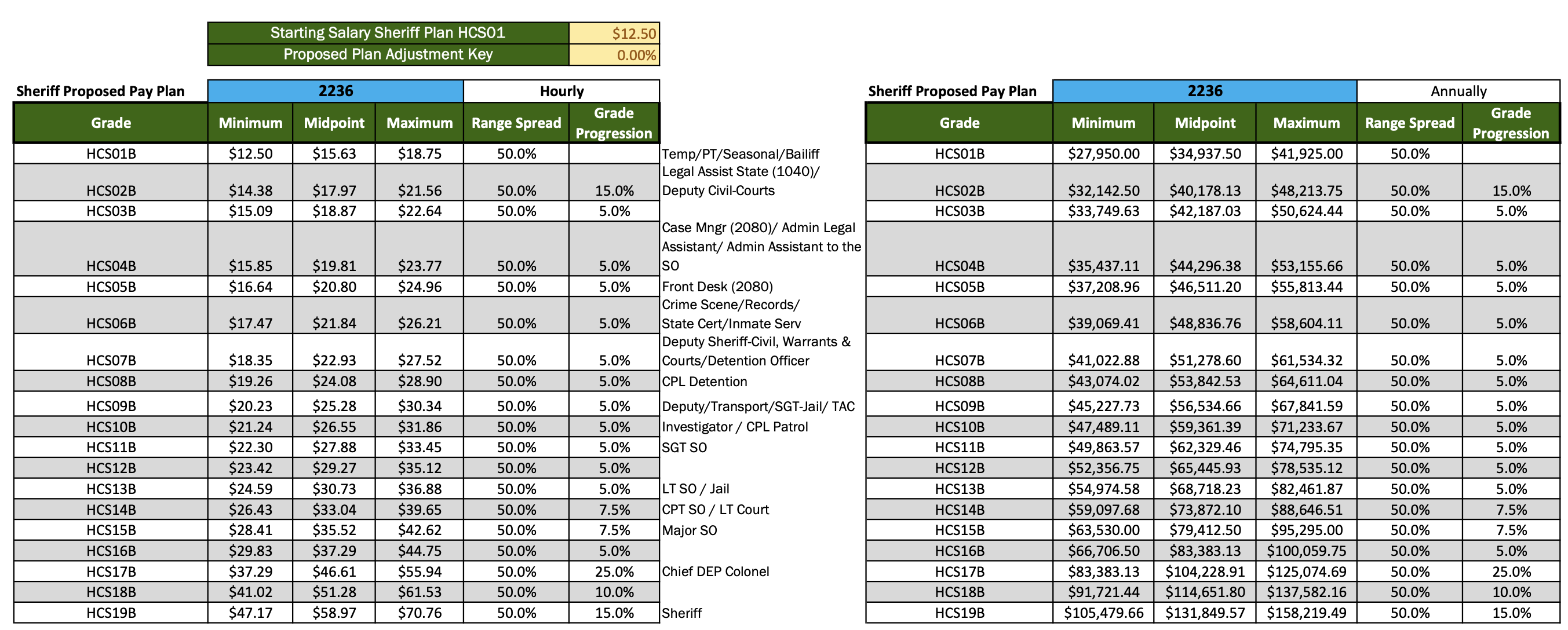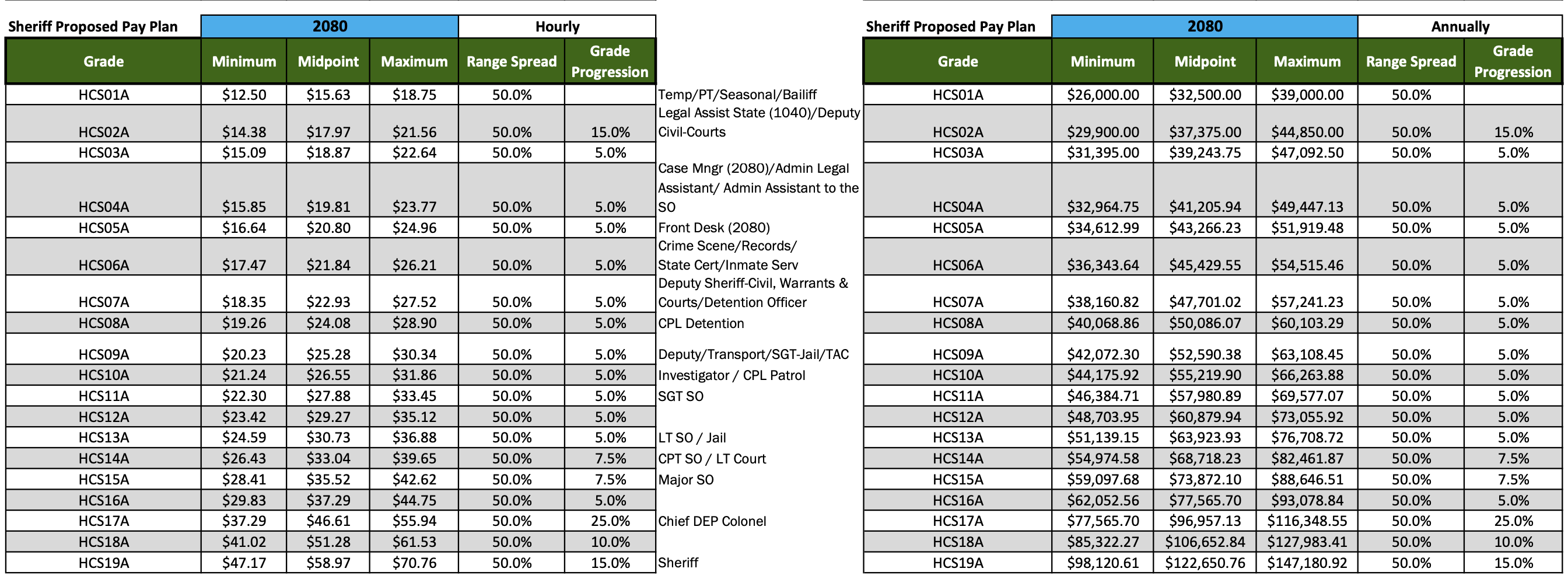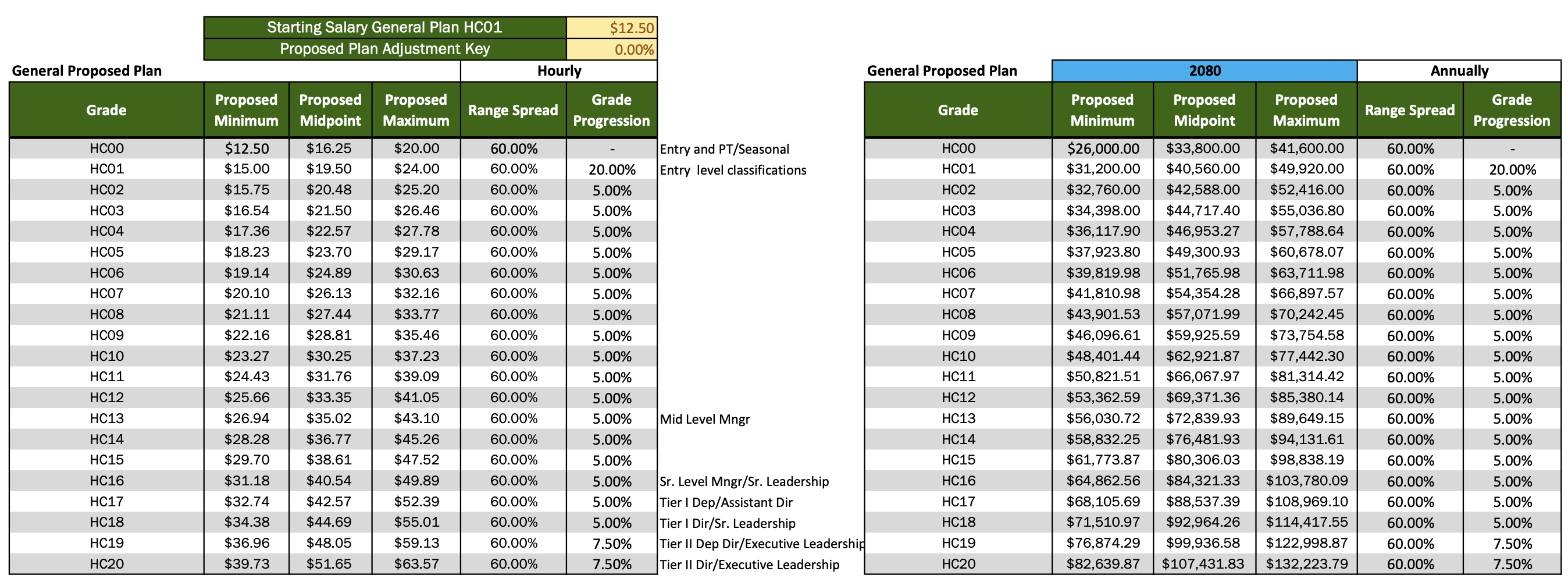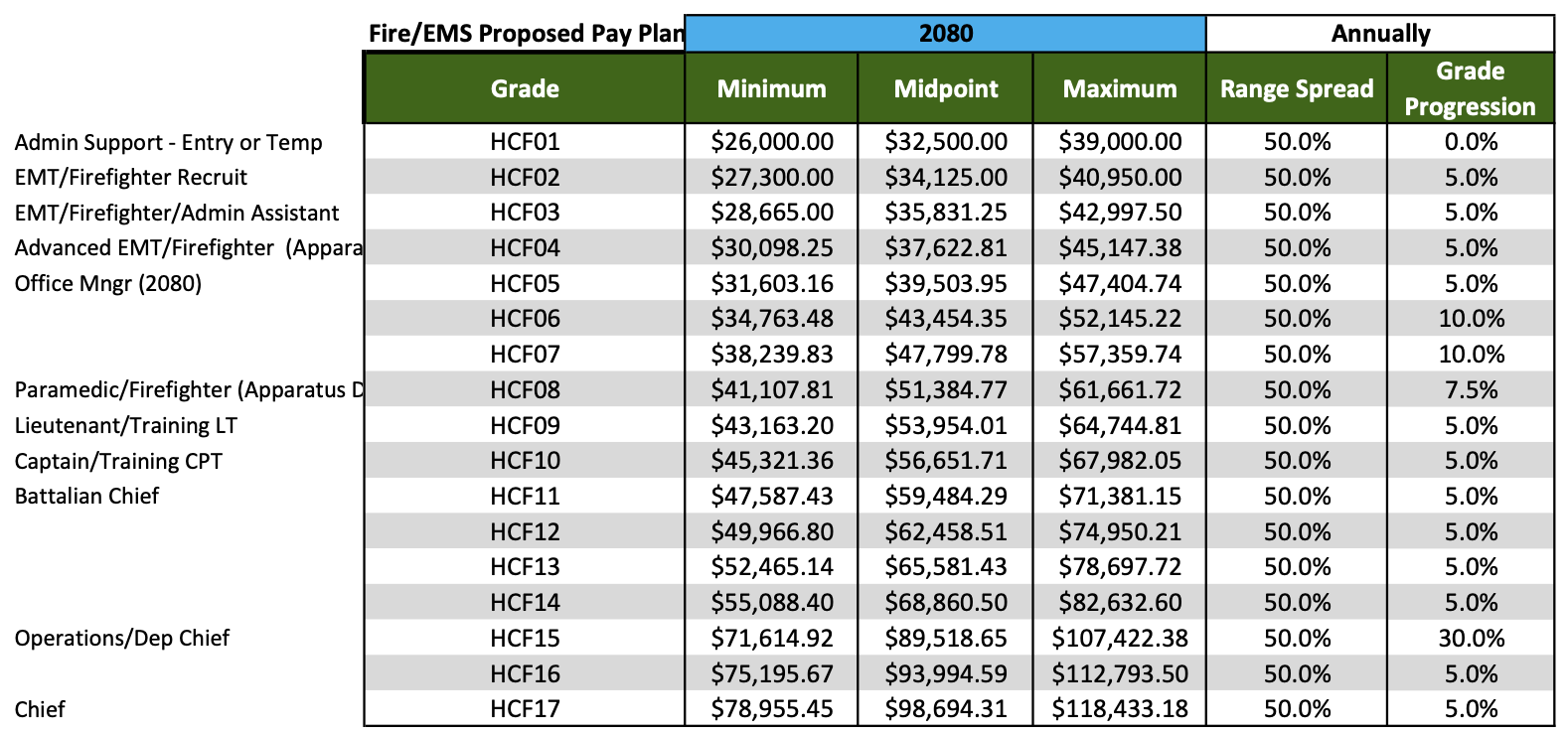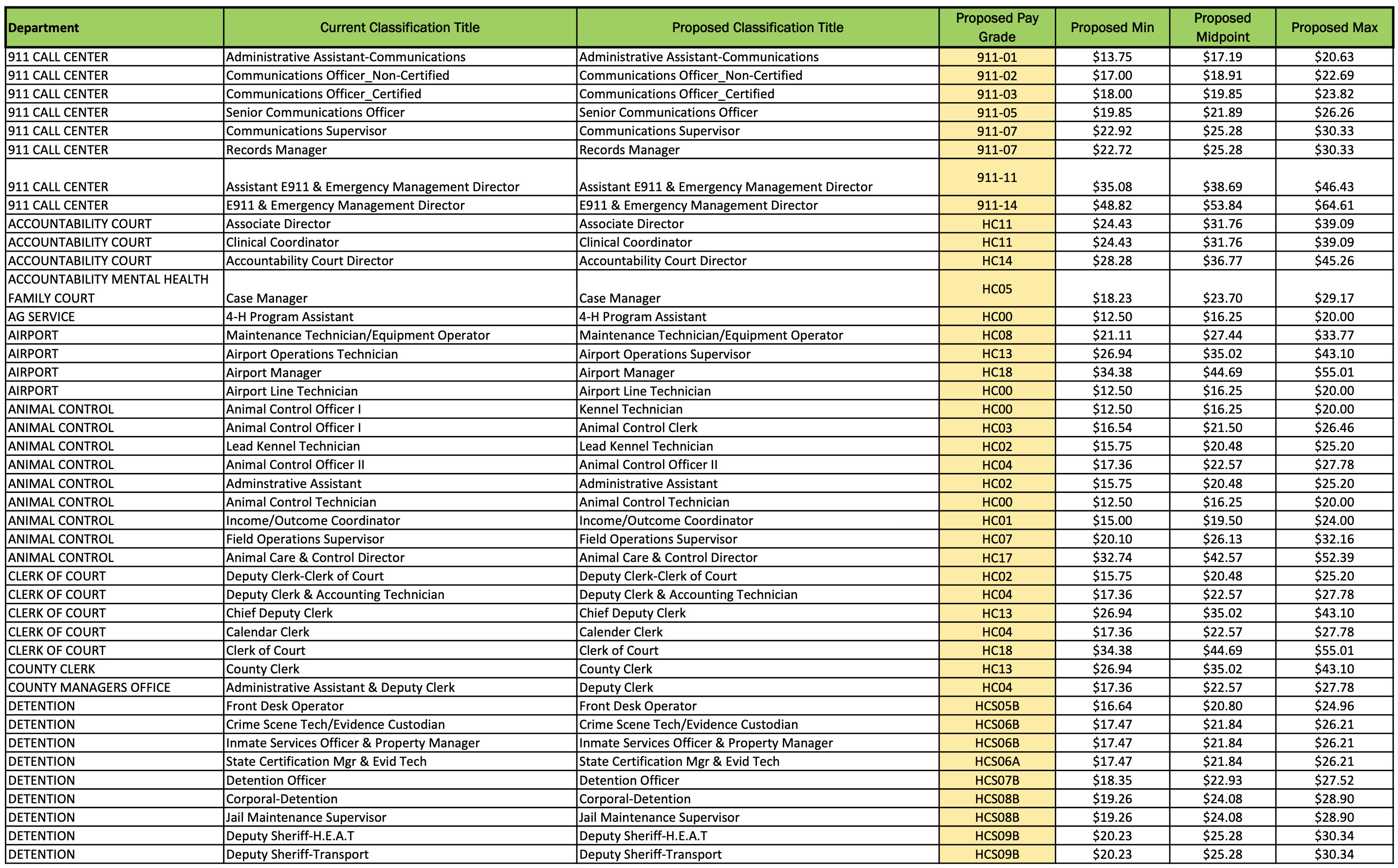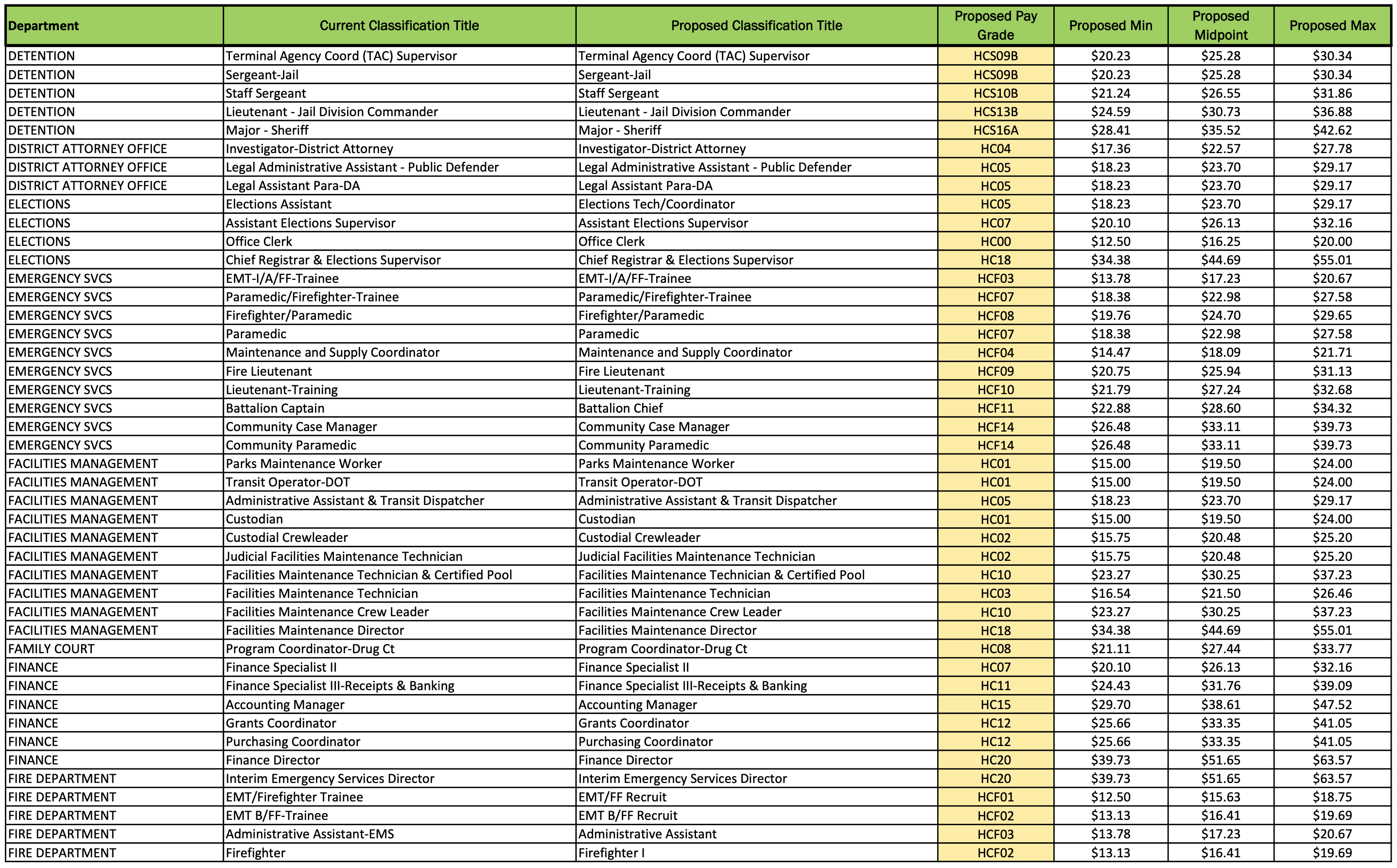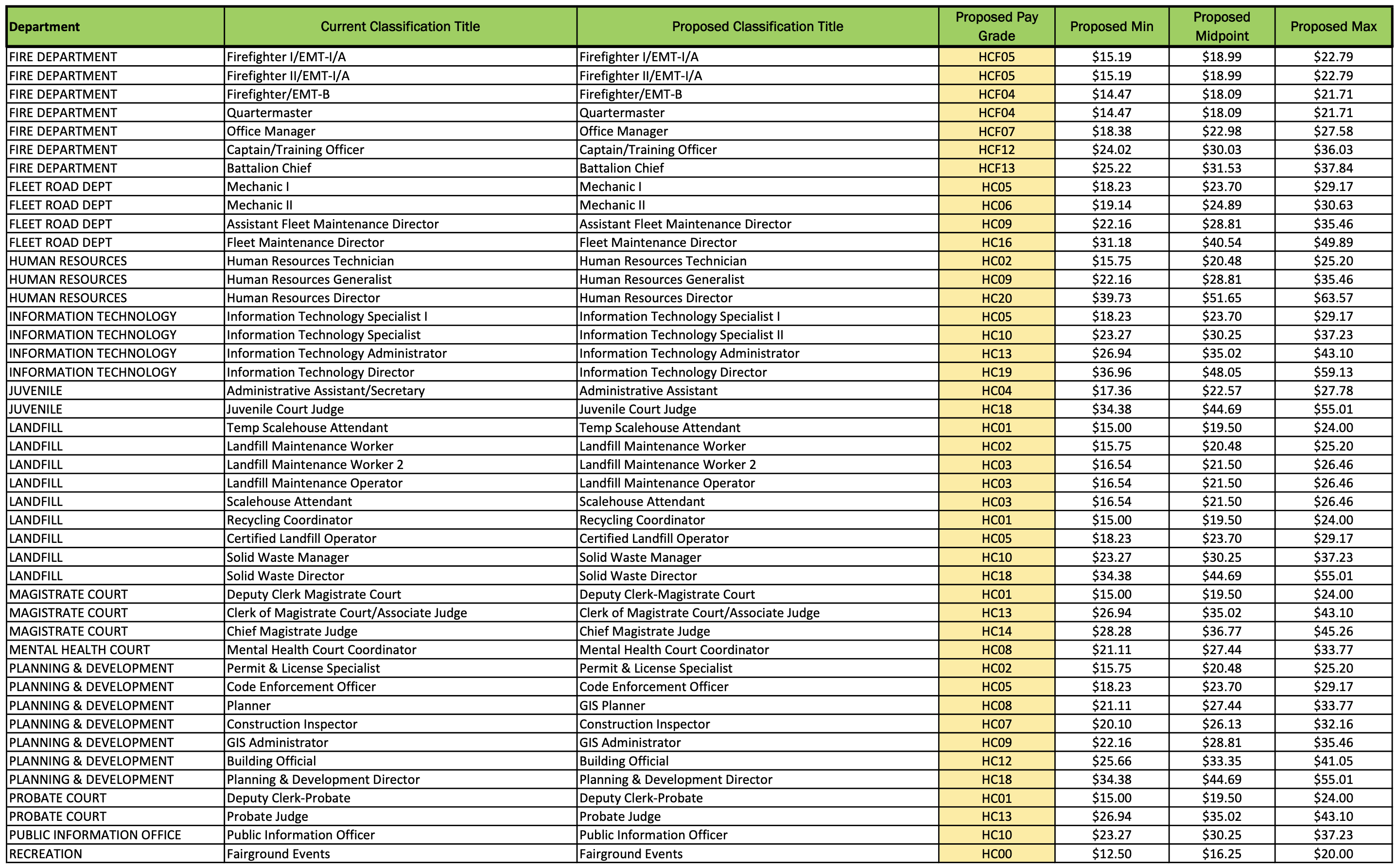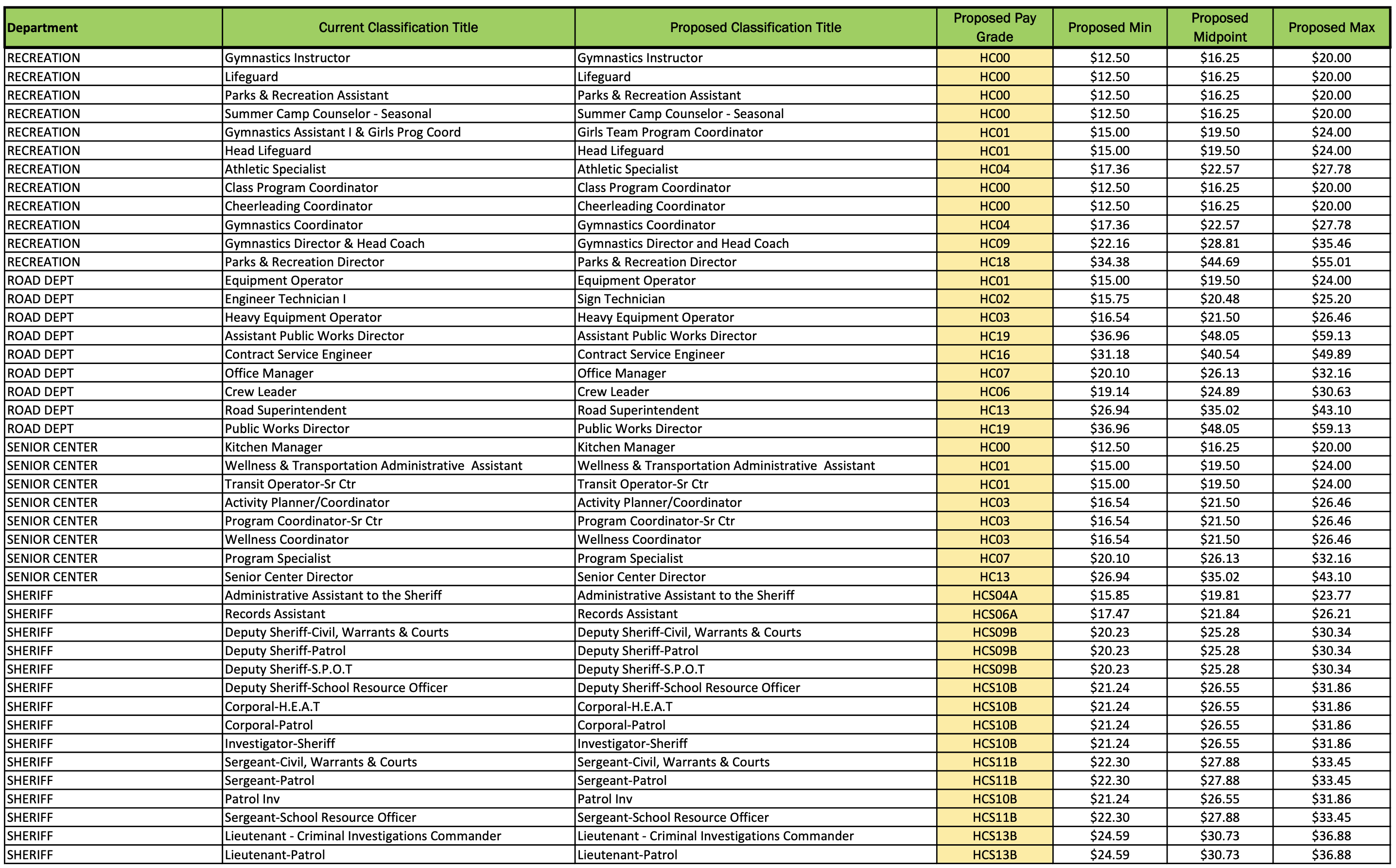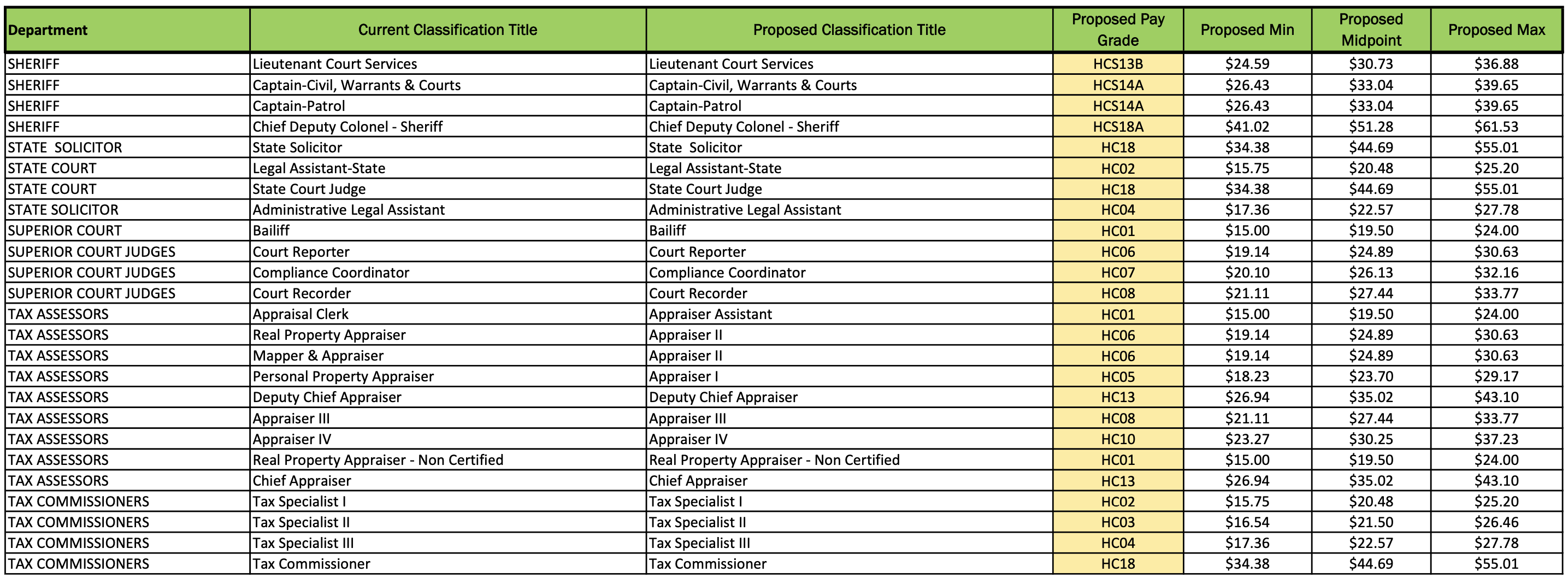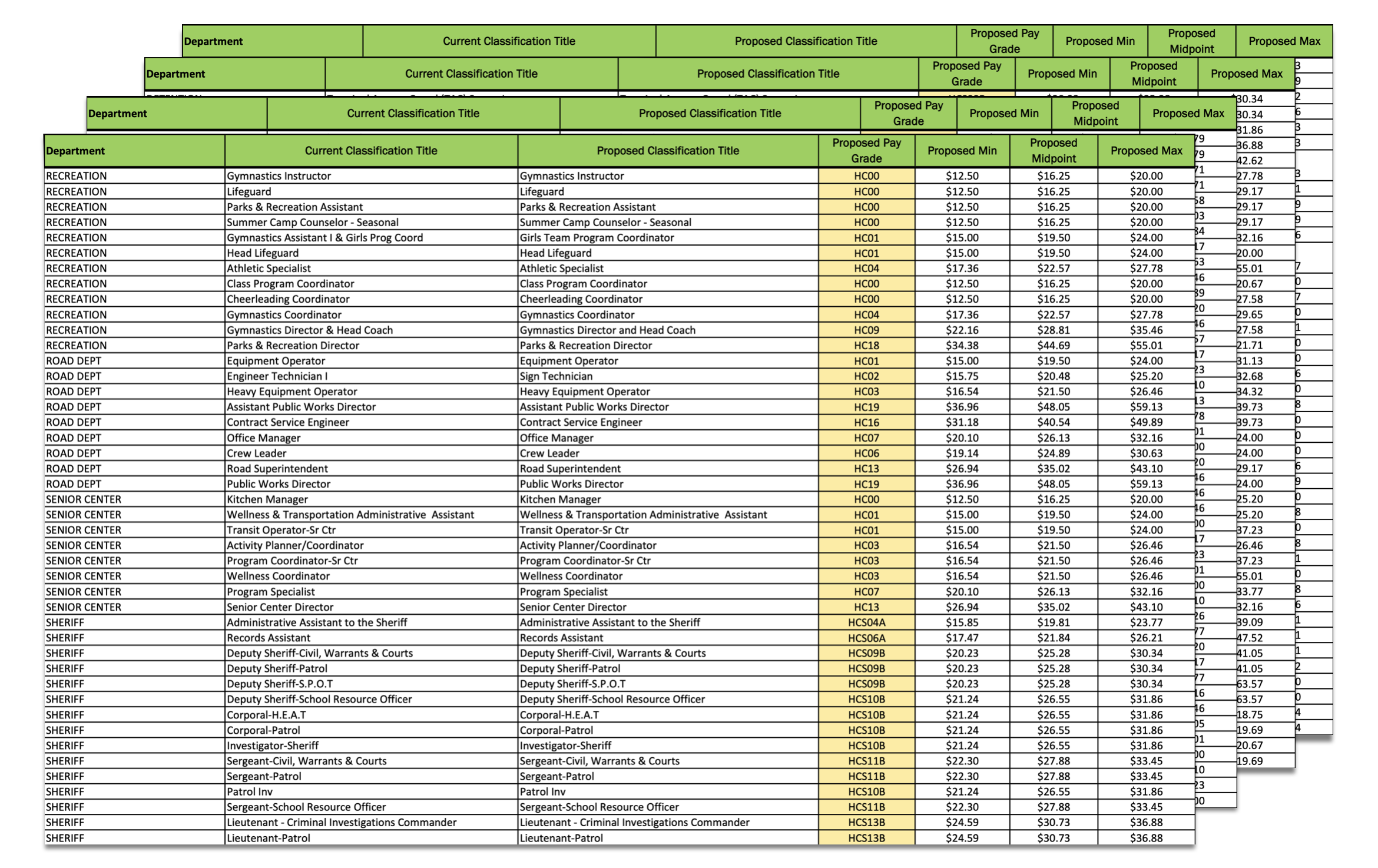
The Habersham County Commission voted Thursday to approve county employee pay raises and new hires for the recreation department. Combined, the two measures will cost the county close to $1.3 million in new salary spending.
As expected, the three-block vote led by commission chair Bruce Palmer led the way for the passage of the measures. Commissioner Dustin Mealor moved to approve the county’s new pay tables, Akins seconded the motion, and Palmer cast the deciding vote.
Commissioners Bruce Harkness and Jimmy Tench were not present at the meeting, something sources say Palmer had been made aware of, but he refused to reschedule the meeting.
Akins made the motion to approve seven new positions for the county recreation department, seconded by Mealor, with Palmer again casting the deciding vote.
Just last week, Akins had voted with Harkness and Tench to table the measures until mid-December to allow themselves and the public more time to review the proposals. Two days later, right before Thanksgiving, Palmer called the December first meeting.
While the recreation department proposal was straightforward, the pay raises are more complex.
Commissioners voted to approve four new pay tables, down from six, drawn from a pay study conducted earlier this year by Evergreen Solutions of Florida.
In its study, Evergreen concluded Habersham’s existing pay tables were 4.6% below the market minimum, 10.6% below the market midpoint, and 14.4% below the market maximum based on surveys from 18 counties in Northeast Georgia.
The study was not limited to similarly-sized counties with similar tax bases. It included the more urban areas of Dawson, Forsyth, and neighboring Hall County, which is nearly five times the size of Habersham, with a tax base over four times greater (see below).

Uneven playing field
It’s long been suggested that Habersham County competes with Hall County for employees. That may be true, but so do other counties. In turn, Hall County competes with Forsyth and Gwinnett counties.
For small rural counties like Habersham, attempting to offer their employees salaries similar to those they could get in larger markets may be noble, but is it sustainable?
A review of the tax tables above shows Habersham collects $8 million less a year than Dawson County, which has a smaller population but a broader tax base. Likewise, Habersham collects significantly less than Hall and Forsyth.
Property owners prop up Habersham County’s budget. To provide these pay increases, three of the county’s commissioners have already proven their willingness to raise taxes. Commissioners Palmer, Ty Akins, and Dustin Mealor passed a millage rate increase this year on already higher reassessments, essentially handing Habersham property owners a double tax.
In an economy where many were already struggling due to inflation, it felt to many like a slap in the face.
Those tax increases added $3.3 million to Habersham County’s coffers. The bulk of that money will be used to pay for the pay raises and new hires.
The county has already obligated itself to over $400,000 in new spending to cover higher salaries and benefits for senior management.
Habersham County’s Chief Financial Officer Tim Sims is one example.
On January 25, 2021, Sims was hired at $90,000 a year. Just over a year later, on March 17, 2022, he was given the title of chief financial officer and an annual salary of $125,594. In addition, commissioners agreed to add Sims and newly-hired Human Resources Director Ann Cain, as well as EMS Director Jeff Adams who has been with the county for years, to the senior retirement management plan at 15% of their annual salary.
Based on the proposed pay tables the county commissioners approved Thursday, Sims has already maxed out of his salary range for a job he has held less than a year.
Employees at the low end of the pay scale will not see such sizeable increases, if they see any at all.
No guarantees
In creating the pay tables based on the Evergreen Study, Habersham County administrators reclassified multiple positions and developed the new minimum, midpoint, and maximum salaries for those positions.
Below are the proposed pay tables and reclassifications that were given to commissioners to consider last week. These are the positions and pay ranges they voted on. It’s important to note there is at least one error contained in these tables. Now Habersham brought the matter to the county’s attention, and county clerk Brandy Clark confirmed with HR director Cain that the ‘Finance Director’ position should be listed as ‘Chief Financial Officer.’
While these tables lay out a road map for future starting salaries and incremental increases, they do not point out exactly who is going to get what now. Ensuring an equitable distribution of raises from the bottom up was one of the things commissioner Bruce Harkness said he hoped to achieve had the chairman given them more time to study the plan.
Absent that review, Now Habersham decided to delve into the numbers more closely to determine how Habersham compares to similar population groups and Hall County.
By the numbers
To conduct our comparative analysis, we studied wage surveys the Georgia Department of Community Affairs (DCA) compiled from Hall County and Habersham in 2020 (the most recent publicly available data for both counties in the DCA database.)
In the table below, if the starting salary and the maximum salary are the same, that is the salary for that position at the time of the survey.
In this comparison from 2020, Habersham County was, on average, 17.1% lower in salaries compared to Hall County. However, in some positions, Habersham’s salaries were significantly less, while two of them paid more.

The next table compares the 2021 salaries for Habersham’s Population Group, according to DCA. The population group of 25,000-49,999 includes approximately 22 counties, including Habersham, White, Stephens, Dawson, Hart, and Lumpkin counties. In this sample, Habersham County exceeds salaries for the population group by about 6.5% overall in this sample set.
In this table, the Habersham County Manager’s salary is 19.5% higher than the average starting salary of a County Manager within the population group. The maximum salary is 2.2% lower than the average salary for a County Manager within the same group. However, an EMT for Habersham County has a starting salary 0.3% less than their counterparts in other counties of a similar size. The same EMT has a maximum salary of 20.6% less than EMTs in similar size counties.
As you look at the table overall, Habersham County actually fairs much better in salaries for most positions when compared to other counties within their population group.
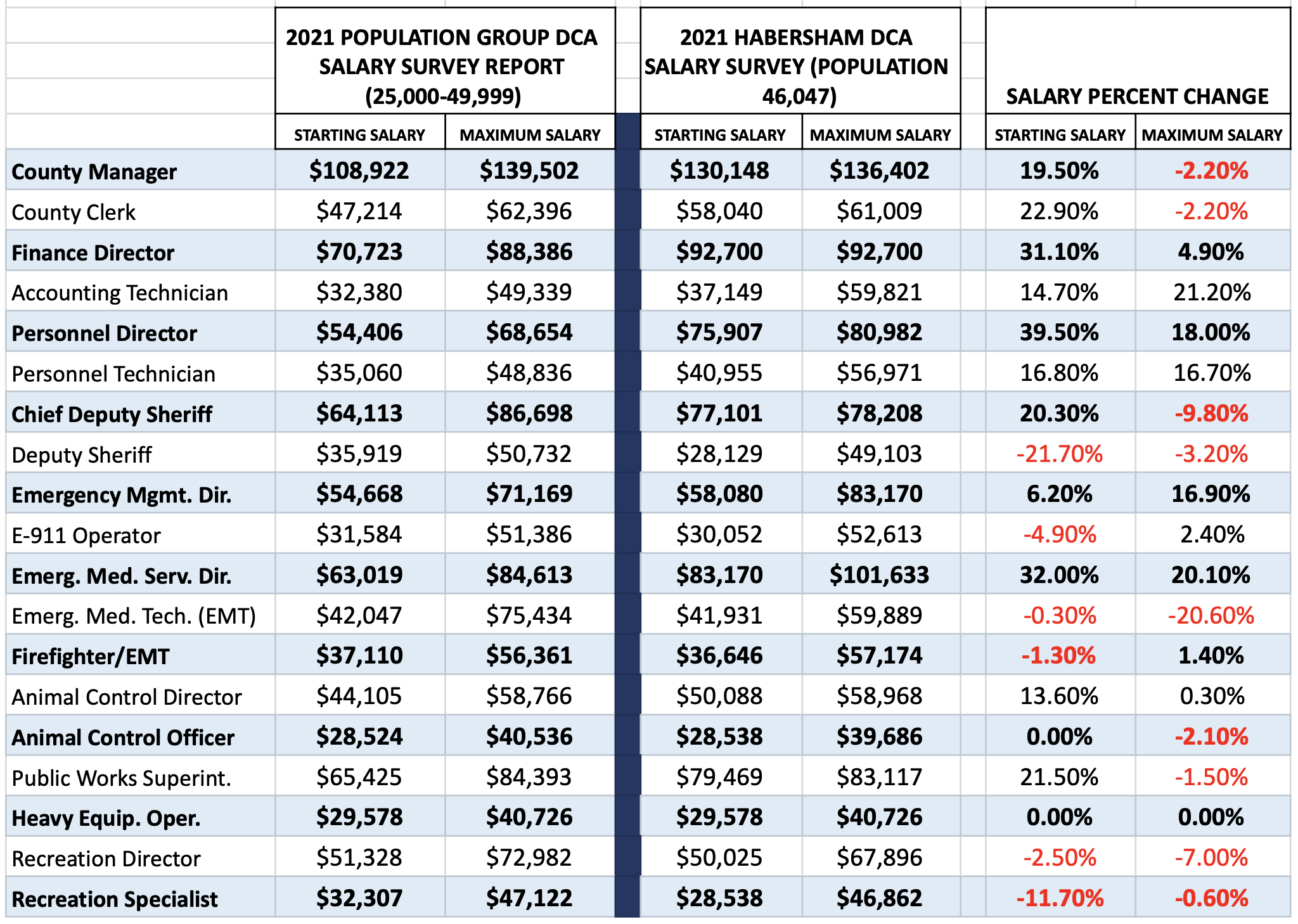
The next table compares the Habersham County 2022 DCA Salary Survey that was submitted before June 30, 2022, and the Evergreen Solution Salary Study. The Evergreen Study exceeds the Habersham County salary survey salary ranges by an average of 21%.
This sample demonstrates that the Evergreen Study will increase starting salaries, on average, by 15.4% and maximum salaries by 27.2%.
The reality is that starting and maximum salaries vary drastically depending on the position. Two positions in this sample stand out where their salary range increases substantially.
Firefight/EMTs starting salary will increase by 30.9%, with their maximum salary increasing by 76.3%. Also, the Emergency Management Director’s salary range has the same effect. That position’s starting salary will increase by 67.4%, and the maximum salary will increase by 53.3%.
In these two instances, the current salary range is below Evergreen’s recommended range. How will this be addressed? If the employee is at the maximum of their current salary range, will that individual go to the maximum of the new salary range? In this scenario, that could be a pay raise of $28,791 for the Firefighter/EMT. If there are three Firefighters/EMTs that meet this criterion, that could cost the county $86,374.
The same situation exists for the Emergency Management Director. If that individual is currently at the maximum salary, will that individual go to the maximum salary of the new recommended table? If so, then that individual would receive a pay raise of $46,742.
If very many of these situations exist throughout the recommended classification schedule, the vast majority of employees will not receive raises, and a select few will receive significant raises.

This last table compares the Hall County 2020 DCA Salary Survey to the Evergreen Salary Study as presented. In this comparison, the Evergreen Salary Study exceeds Hall County by an average of 6.5%. The Evergreen Salary Study brings Habersham County salaries more comparable to salaries in Hall County and, in some cases, vastly exceeds salaries of comparable positions.
However, the Hall County data is dated for a true comparison.
One fact remains, if catching up with Hall County was the intent, this study closed the gap by only a little bit. Hall County salaries may have gone up by as much as 10%, if not more, since 2020. If that is the case, lagging behind Hall County salaries will always be an excuse for poor retention and recruitment.
The County Commission has a lot of work ahead of them in reviewing and analyzing this data. Ten days was not enough time to address issues and concerns arising from the Evergreen Salary Study.
Commissioners need to understand that employees that don’t get raises will be affected and, in some cases, offended. Also, employees that don’t get raises could look differently at those who do get raises. This could have a negative impact on morale and productivity.
Rushing to a decision in the manner in which they did could have unintended adverse effects on the employees, with retention, and ultimately costing the taxpayers more money trying to fix unintended consequences.
Being fair, just, and equitable in this endeavor was an absolute necessity for all county stakeholders – employees and taxpayers alike. It is unfortunate that commissioners Mealor, Akins, and Palmer chose to rush it through.

